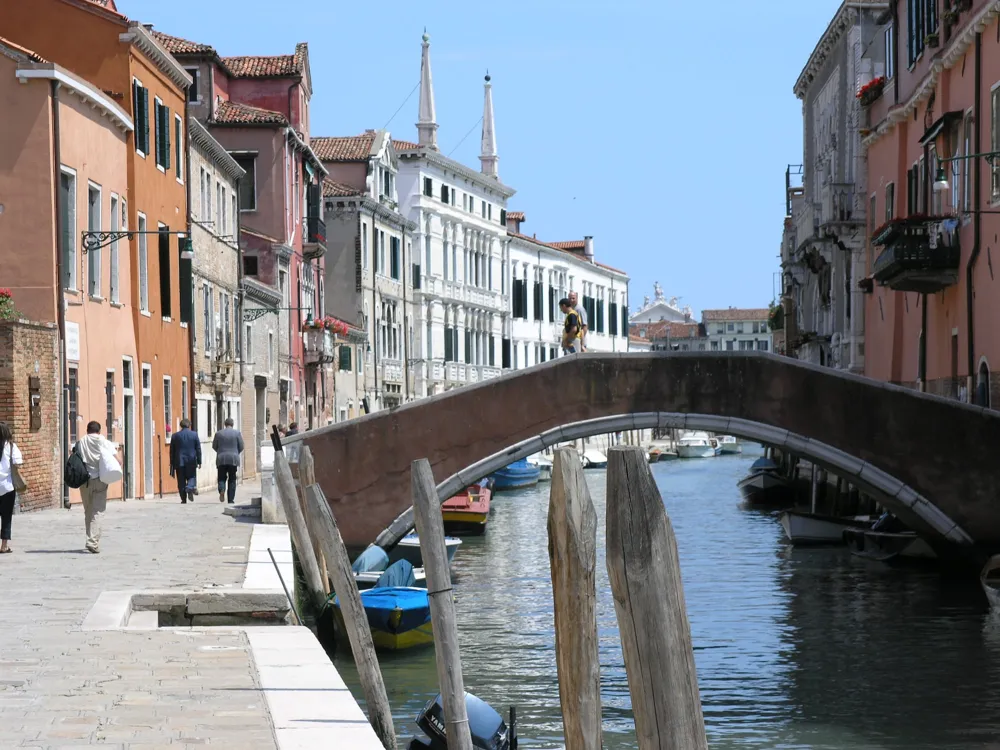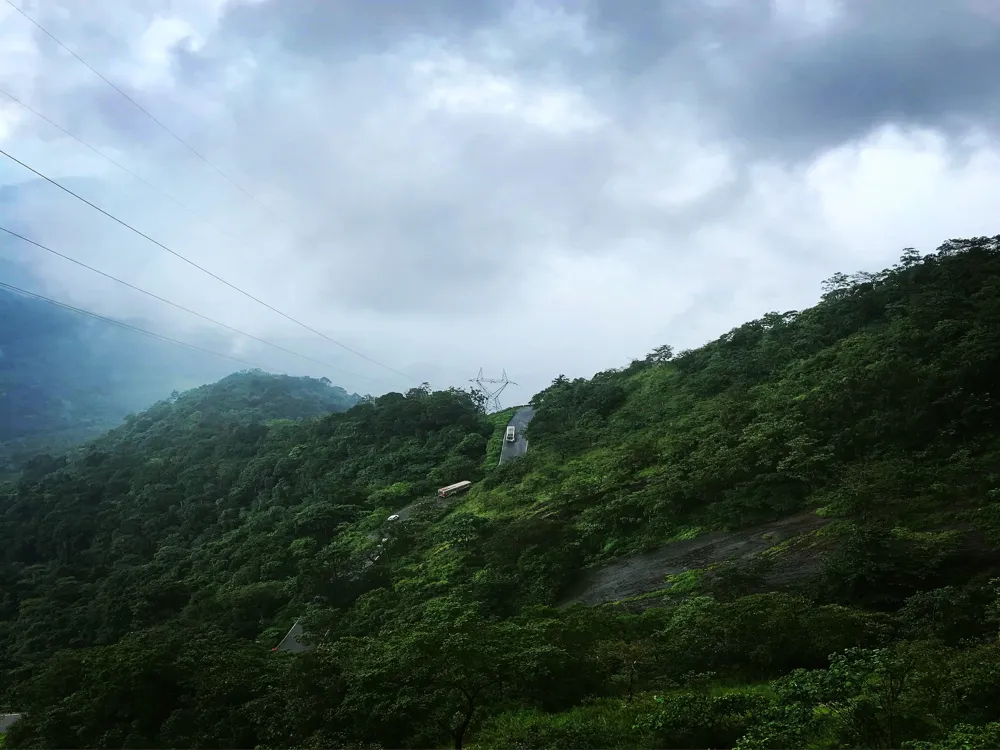Nestled in the heart of Kozhikode, Kerala, the Uru Shipyard stands as a testament to India's maritime heritage. Known for its remarkable craftsmanship, the shipyard is famed for constructing Uru, a type of dhow or traditional wooden ship, which has been a significant part of Arabian Sea trade for centuries. The Uru Shipyard isn't just a place of work; it's a living museum, echoing the skills and traditions passed down through generations. The shipyard's history is intertwined with the trade routes that connected ancient Malabar to the ports of the Arabian peninsula, carrying spices, timber, and stories. As you step into the shipyard, you're transported back in time. Skilled craftsmen, with tools passed down from their forefathers, work meticulously on these giant wooden vessels. Each Uru is a masterpiece, taking almost four years to complete, and reflects the unique blend of Indian and Arabian shipbuilding techniques. The shipyard not only contributes to the local economy but also preserves a rare art form that is integral to the cultural identity of Kozhikode and Kerala. The architecture of Uru Shipyard is as fascinating as the vessels it produces. Unlike modern shipbuilding facilities, the Uru Shipyard retains a rustic charm that emphasizes manual craftsmanship over mechanical processes. The shipyard's layout is tailored to the traditional shipbuilding method, with large open spaces for the assemblage of the Uru's hull and smaller areas for intricate woodworking and detailing. The use of local materials, like teak and coconut fibers, in construction is not only a nod to sustainability but also provides the Uru with its distinctive durability and elegance. The shipyard's design facilitates the unique method of Uru construction, which does not follow pre-drawn blueprints. Instead, the shipwrights work from a mental blueprint, a skill passed down through generations. This method, while astonishing, requires immense skill and deep understanding of woodwork and naval architecture. The shipyard, therefore, is more than just a physical space; it's a cradle of knowledge and tradition, where every beam, every plank, and every nail tells a story of the art of shipbuilding. The best time to visit the Uru Shipyard is between October and March when the weather in Kerala is most pleasant. This period avoids the heavy monsoon season, ensuring a comfortable experience. Opt for light, breathable clothing. Comfortable walking shoes are a must as you will be on your feet most of the time, exploring the expansive shipyard. The shipyard is a photographer's delight, so carry your camera. Early morning light provides a magical backdrop for the ships and craftsmen at work. Remember, the shipyard is a workspace. Be respectful of the artisans and their craft. Avoid touching unfinished vessels without permission. Consider taking a guided tour for a more insightful experience. Guides can share fascinating details about the shipyard's history and the shipbuilding process. Kozhikode is well-connected by air, rail, and road. The nearest airport is the Calicut International Airport, about 28 kilometers from the city. From there, you can hire a taxi or take a bus to the city center. The shipyard is accessible by local transport from the city center. If you're traveling by train, Kozhikode's main railway station is well-connected to major Indian cities. Local buses, auto-rickshaws, and taxis can get you to the shipyard from the railway station. Read More:Overview of Uru Shipyard in Kozhikode, Kerala
Architecture of Uru Shipyard
Tips When Visiting Uru Shipyard
Best Time to Visit
What to Wear
Photography Tips
Respect the Craftsmanship
Guided Tours
How To Reach Uru Shipyard
Uru Shipyard
Kozhikode
Kerala
₹ 16,000 onwards
View kozhikode Packages
Kozhikode Travel Packages
View All Packages For Kozhikode
Top Hotel Collections for Kozhikode

Private Pool

Luxury Hotels

5-Star Hotels

Pet Friendly
Top Hotels Near Kozhikode
Other Top Ranking Places In Kozhikode
View All Places To Visit In kozhikode
View kozhikode Packages
Kozhikode Travel Packages
View All Packages For Kozhikode
Top Hotel Collections for Kozhikode

Private Pool

Luxury Hotels

5-Star Hotels

Pet Friendly






















